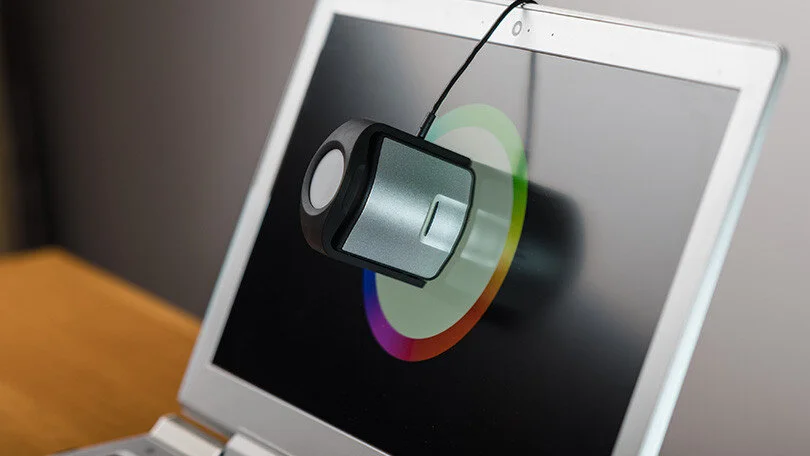Color Calibrate Your Monitor for Printing purposes.
If you're planning to start printing your photos or graphics, you'll need to make sure that your monitor is correctly calibrated for the purpose of it.
In general, monitors come factory set in 6500K (D65) colour temperature and brightness (especially Apple monitors) set too high (above 160cd/m2) to attract consumers.
6500K is the ideal temperature to process images which are going to be displayed online, although not for printing purposes. For printing, you must set your monitor to 5000K (D50), which is pure white, that's the worldwide industry standard temperature for printing. This will reduce the difference between what you see on screen and what you will see on paper.
The brightness of your monitor, if set too high will tire your eyes and misrepresent the actual brightness of your images. Get it set between 80-120cd/m2, it will become way more comfortable to work, specially for those who spend long hours in front of the monitor and it will match the correct brightness of your images.
Not every monitor will display all the colours of your image properly, you will need a decent monitor, really designed for photo editing and design work where you can make fine adjustments like brightness, gamma, saturation, individual RGB levels, and so on. Those controls allows you to do some rather intricate color tweaking that together with the use of a professional calibration device such as the Datacolor SpyderX Pro or X-Rite i1 Display series, it will give you maximum control of the colours and brightness to display on web or print your images correctly.
The calibration process is very straightforward and super simple to accomplish. You just need to set the temperature and brightness that you need and the software/device will get your monitor set to it.
Once the process is complete, a colour profile will be created, we advice to name it properly so you know which is which when swapping the profiles to process the images or for printing.
Check your monitor specs to find how much sRGB and Adobe RGB it covers, a dedicated monitor will display 100% sRGB and at least 99% AdobeRGB.
Check here for the top dedicated monitors that you can find on the market today:
https://www.digitalcameraworld.com/uk/buying-guides/best-monitors-for-photographers
Another very important detail to take in consideration is the temperature of the lights in the room/office where you process your images and check your prints, if they are too far from 5000K, it will interfere with how you see your monitor and the colours of your prints.
Some calibrators measure the ambient light temperature and take that into consideration when running the calibration process, we recommend you to disable that if you don't have a stable ambient light in your room/office, like a mix of sunlight and artificial light during the day and only artificial light during the eve, this can really mess up what your calibration acuity. If you work in an environment where the light source never changes, then you should activate the ambient light temperature measurement option, it will help the software to get an even more accurate calibration of your monitor.
If you want to work in the most controlled environment, then we recommend to change all your ambient light to 5000K and keep the blinds down to avoid any exterior light in interfer.
If you have any questions, write down on the comments and we will get it answered for you!

